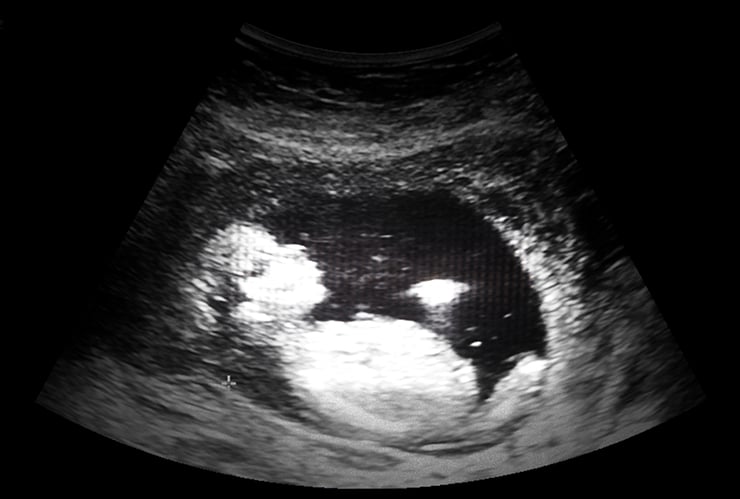A recent study from the Journal of the American Medical Association (JAMA) showed a 12.7 percent increase in infant deaths in Texas due to congenital birth defects in 2022, which the study’s authors attribute to the Supreme Court’s Dobbs decision overturning Roe v. Wade
Of course, overturning abortion did not kill these children, it merely made their deaths statistically relevant to this study because their deaths occurred after birth rather than before.
That didn’t stop USA Today from immediately jumping on the narrative, publishing a story with the headline, “Texas’ anti-abortion heartbeat law aimed to save babies, but more infants died.”
“In the wake of the law’s passage in Texas, more babies died before their first birthday, likely due to birth defects or genetic problems that wouldn’t have allowed them to live, the study found,” reporter Eduardo Cuevas wrote. “These pregnancies would typically have been terminated by abortion, according to researchers.”
It’s impossible to say for certain how many abortions were carried out in Texas pre-Dobbs because a doctor had told a mother her baby’s “congenital anomaly” offered no chance at survival. But it is fair to say that many of those killed before birth might have survived if they had been given the chance. While some congenital anomalies result in a baby’s natural death in utero, nearly 90 percent of infants with such anomalies who make it to term will live to at least their fifth birthday, according to a study of 6,153 cases between 1980 and 1997. That’s a lot of babies who otherwise would not have had five years or more of life to live with their families. It’s unlikely that anyone who actually met one of these toddlers would wish that Roe had survived and the child had not.
In March, however, USA Today also published an opinion piece written by the godmother of a baby diagnosed with a fetal abnormality in 2021. The doctors had told the baby’s mother that her child likely had Down Syndrome and a congenital heart defect and would have no chance of survival outside the womb. Nevertheless, the baby made a miraculous recovery and was born healthy.
“They are statistics slapped onto the fate of the tiniest of patients, who, despite their frailty and size are just as deserving of the best medical care we can offer,” the baby’s godmother, who is also an OB-GYN, said. “Neither their birth status, size, nor their disability should preclude their opportunity to defy the odds and join the ranks of the countless medical miracles that keep the profession on its feet, always chasing answers and in search of the very best care.”
In no other situation is society’s immediate thought, upon learning of a diagnosis of a disease with a low chance of survival, to cut short that life because it is likely to expire anyway. For adult humans, we offer the best medical care we can and hope and pray for a miracle. If no miracle is forthcoming, our goal is to give loved ones as comfortable an end to their lives as possible. Why don’t babies deserve the same treatment? Why do we put them down like dogs at the first sign of a disease which may or may not have been correctly diagnosed?
The babies dying in Texas of congenital abnormalities are precious lives created in God’s image. So were the babies expected to have “congenital defects” who were killed while in their mother’s womb, regardless of their chances for future survival. If JAMA had instead compared the number of infant deaths in Texas, both pre- and post-birth, to the number of infant deaths now occurring in the state, the analysis likely would present a more accurate picture of what chance of survival babies are facing.

Leave a Reply